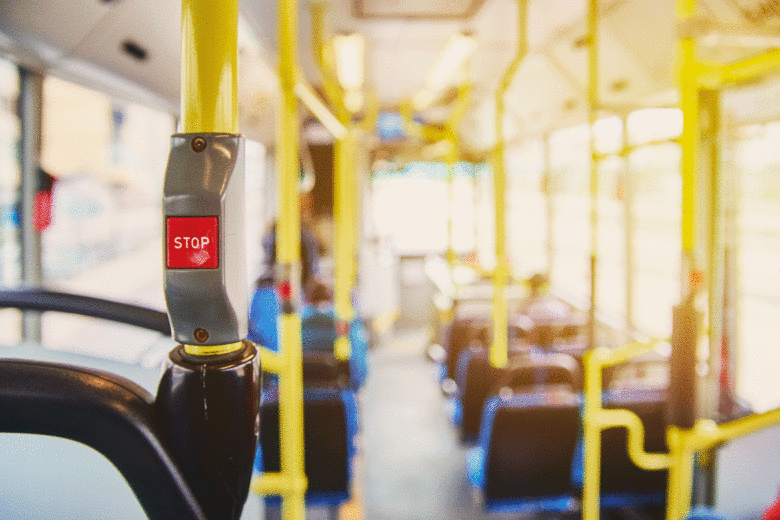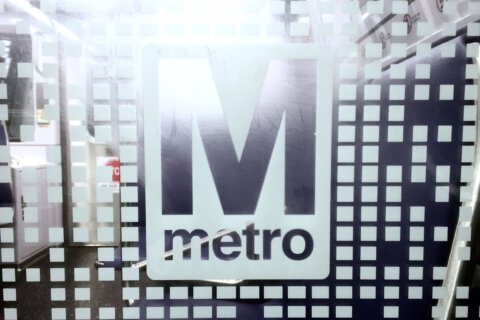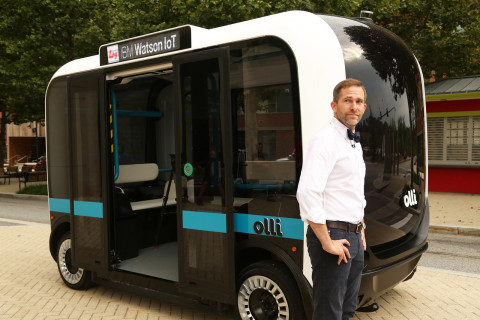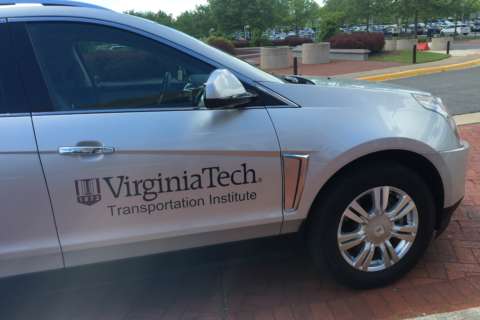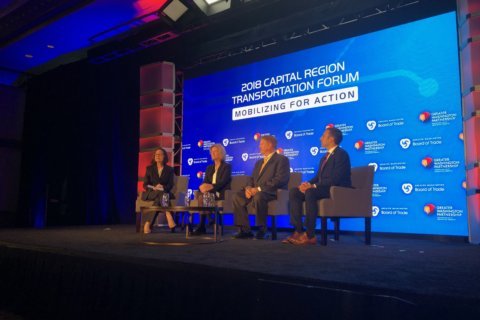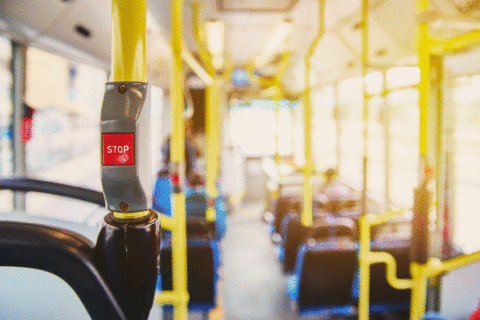
Self-driving shuttles are set to hit the streets of Northern Virginia in coming months, in what could just be the first of several deployments across the region.
“We’re working with two particular pilots, both here in Northern Virginia, and I think….we will see a deployment of an autonomous shuttle in public transit operation in Northern Virginia before the end of this year,” said Jennifer DeBruhl, chief of public transportation with the Virginia Department of Rail and Public Transportation.
Though DeBruhl declined to detail the locations, Fairfax County is working with the state to launch an autonomous shuttle between the Dunn Loring-Merrifield Metro station and the Mosaic District.
“These things are super cool,” DeBruhl said. “For us, the struggle has been….how do you find the right situation and the right deployment where it is a public transportation application, so that we can try it out, learn, see how it fits into kind of the overall mobility environment?”
The focus is on extending the reach of trains and buses to make them a better option for more people, which could mean fewer people driving and less significant traffic jams.
“I think we’re right there on the edge and the cusp of making this happen,” DeBruhl said.
Self-driving shuttles on private property could appear elsewhere, including in part of Reston, in coming years.
The state is also backing a push to automate full-size buses that could operate on more complicated routes.
Virginia’s Department of Rail and Public Transportation has joined about a dozen other agencies across the country working to lay out a standard for automated full-size buses. They plan to promise companies that meet the standard that the agencies will buy the buses.
“This is just getting started,” DeBruhl said.
She was on a panel hosted by the Northern Virginia Transportation Authority and the Intelligent Transportation Society of Virginia.
A state integrated and shared mobility plan due out this spring is slated to lay out autonomous pilot programs and bus and rail service changes that can ensure transit continues to help reduce traffic jams and move people, and is “not something that goes the way of the dinosaur with the advent of autonomous cars and things like that in the future,” DeBruhl said.

